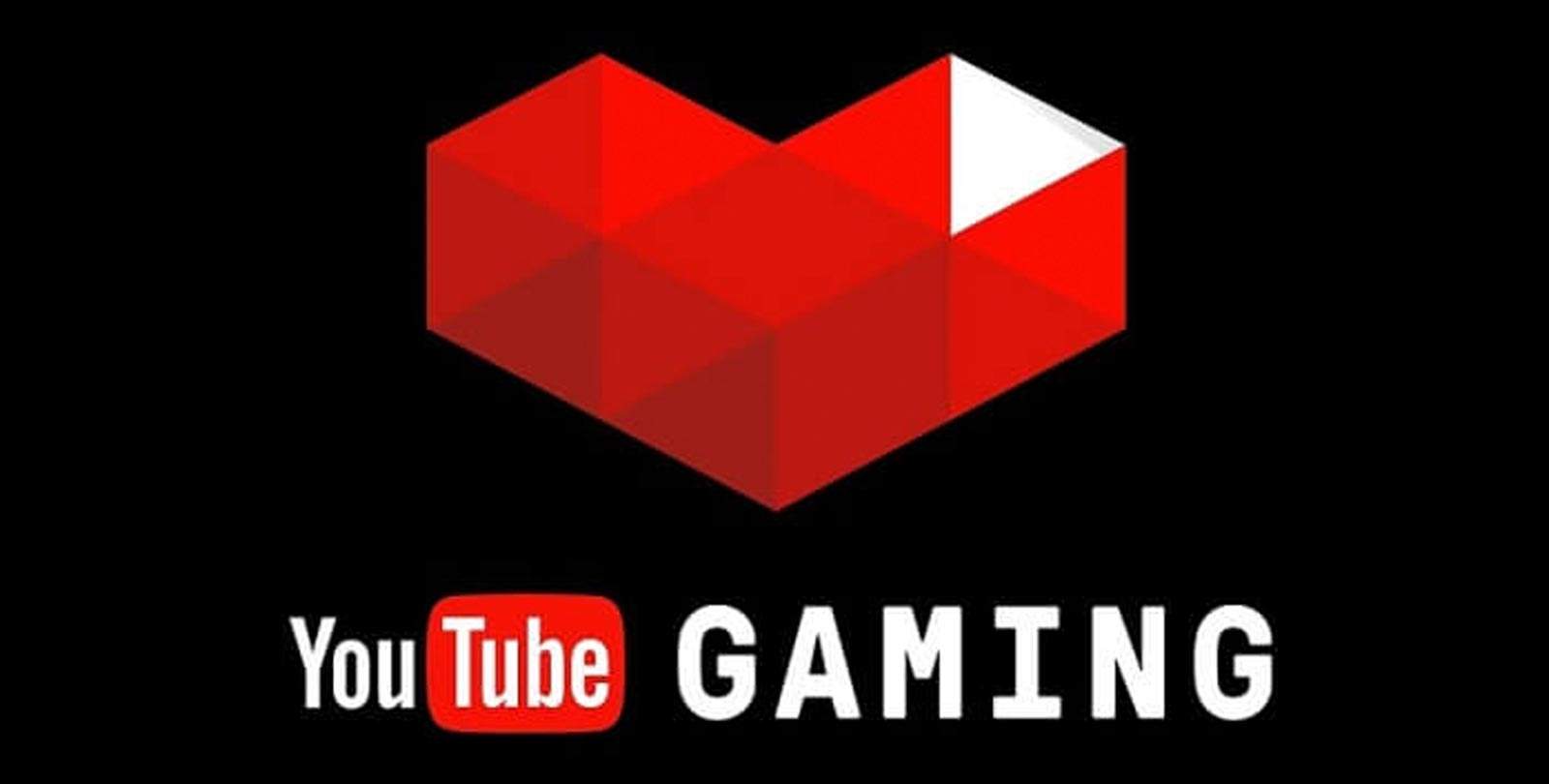High Dynamic Range (HDR) is a new technological buzzword that has been gaining a lot of traction recently. Specifically when it comes to Ultra High-Definition (UHD) televisions that are capable of outputting 4K resolutions (3840 × 2160). The technology is now coming to the world’s most popular online resource for videos, as Google confirms that YouTube officially supports HDR.
HDR, as described by Wikipedia, is a “technique used in imaging and photography to reproduce a greater dynamic range of luminosity than is possible with standard digital imaging or photographic techniques”. Basically, HDR allows for videos to have greater colour depth and range of lightning. This is achieved by encoding unique parameters for contrast ratio and colour accuracy directly into the video file or container. Televisions that are HDR capable can access this information and display it. This results in video content that looks more natural, seems more real, and generally “pops” off the display.
It is worth noting that HDR for videos is different to HDR for photographs, and should not be confused. CNET easily and clearly points out the difference as follows:
- TV HDR: Expanding the TV’s contrast ratio and colour palette to offer a more realistic, natural image.
- Photo HDR: Combining multiple images with different exposures to create a single image that mimics a greater dynamic range.

HDR is currently supported by almost all UHD televisions that have been released in 2016. Entertainment providers, like Amazon and Netflix, now offer HDR supported content for viewers to stream and consume. The technology is even supported by Microsoft’s Xbox One S and Sony’s PlayStation 4 Pro, both for games and high definition content. Simply put, HDR makes content prettier, which is why content producers like it so much.
“HDR adds a whole new dimension of creative freedom and visual spectacle, and we’ve barely scratched the surface of what this means for storytelling. We can’t wait to see the amazing videos you’re going to make with HDR” – YouTube.
Over the years, YouTube has become an internet staple for creative collaboration between content creators and viewers. The platform already has support for Full High Definition (FHD), 4K (UHD), 8K, live streaming, 3D, 360-degree video, and even spacial audio. As such, it is only natural that YouTube officially supports HDR content. No doubt this is in order to ensure that the creative vision of creators is upheld to the highest degree. It also means that viewers with the latest technology (UHD TV’s that support HDR) will be able to benefit from this emerging technology.
According to YouTube, content creators can now upload HDR videos to the service. HDR videos will automatically be served to compatible devices, such as HDR TV’s with the new Chromecast Ultra and all of Samsung’s SUHD and UHD TVs. Devices that do not support HDR will simply be served Standard Dynamic Range (SDR) content. Now that YouTube officially supports HDR, the company has said that they will work with partners to ensure that HDR is enabled for as many devices as possible going forward – most likely by means of an update to the YouTube application for relevant devices.
For the lucky few who already have HDR capable TV’s (I happen to be one, and I always choose HDR over SDR), you will be happy to know that HDR content is already available on YouTube to stream and enjoy. Pickings are slim at the moment, but new content will increase as HDR gains additional traction within the YouTube community.
[Sources: CNET, Geek, Polygon YouTube]
Owner, founder and editor-in-chief at Vamers, Hans has a vested interest in geek culture and the interactive entertainment industry. With a Masters degree in Communications and Ludology, he is well read and versed in matters relating to video games and communication media, among many other topics of interest.


















